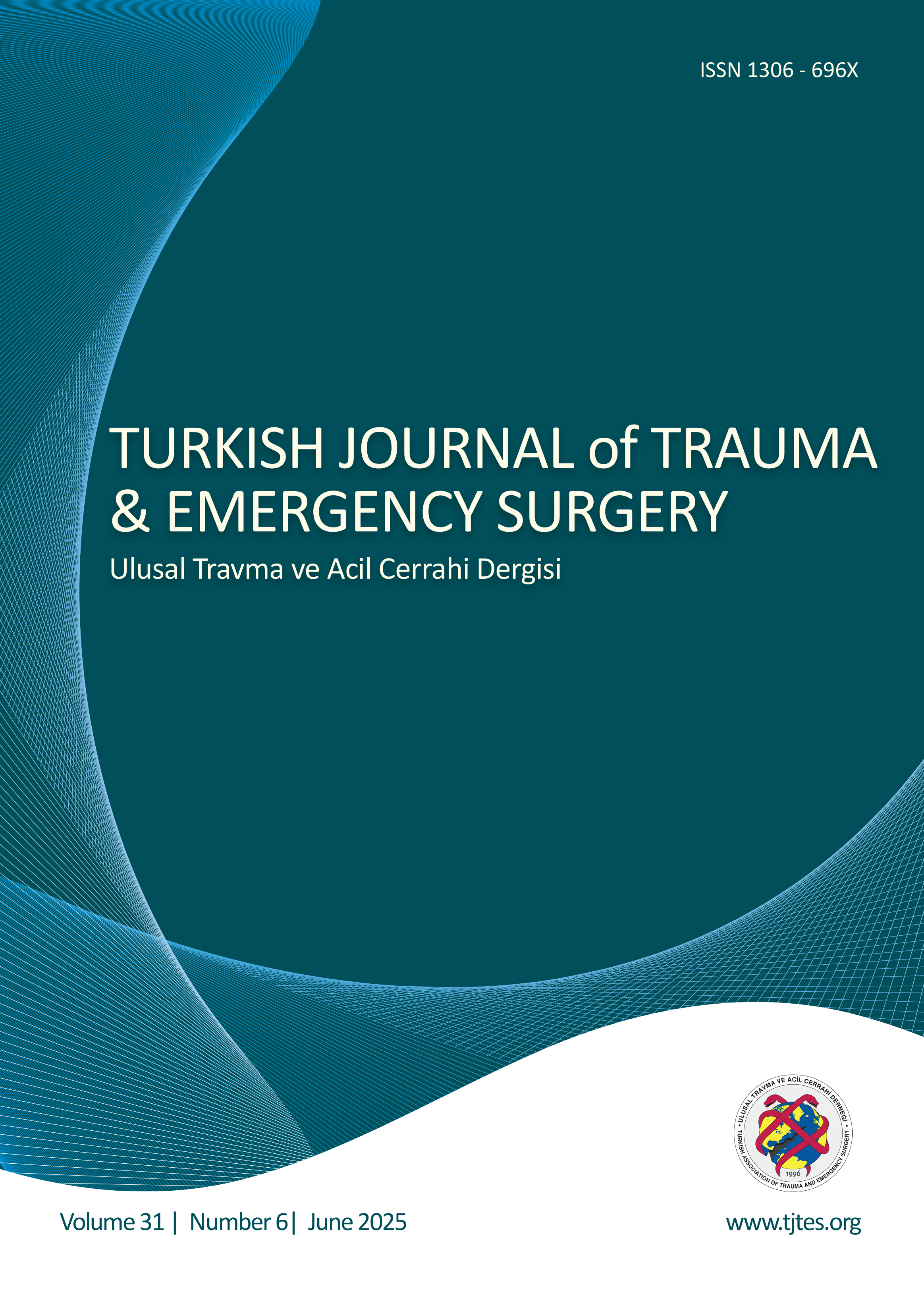Quick Search
Surgical coverage technics of pressure sores and their outcomes
Ufuk Bilkay, Evren Helvacı, Cenk Tokat, Cüneyt Özek, Yalçın AkınDepartment of Plastic and Reconstructive Surgery, Medicine Faculty of Ege University, İzmir, Turkey.BACKGROUND: We reviewed the outcome of 66 patients with 100 pressure sores between 1984 and 2002.
METHODS: In the current study, 100 pressure sores in 66 patients (45 male, 21 female; mean age 39.4; range 13 to 80 years) who underwent surgical repair of presure sores reconstructed using myocutaneous or fasciocutaneous flaps, skin grafts, excision and closure.
RESULTS: The risk factors for pressure sores included acute trauma-induced spinal cord injury in 40 (61%) patients with paraplegia and in 5 (7%) patients with quadriplegia; congenital spina bifia and multiple sclerosis in 7 (11%) patients and prolonged immobilization in 14 (21 patients) patients. We achieved an overall pressure sore recurrence rate of 22% and overall patient recurrence of 24% in a-3-year follow-up. The recurrence rates according to anatomic sites; 23% (10 of 43) for the ischial pressure sore, sacral 21% (8 of 37), and trochanteric 20% (4 of 20). Fasciocutaneous and myocutaneous flap reconstructions were the most durable, as they were associated with 17% (6 of 34) and 12% recurrence rates (5 of 39).
CONCLUSION: To reduce the recurrance rates the authors advocate the use of myocutaneous and fasciocutaneous flaps instead of skin grafts or direct closure for the coverage of pressure sores.
Bası yarası olan hastalara uyguladığımız cerrahi tedavi yöntemleri ve sonuçları
Ufuk Bilkay, Evren Helvacı, Cenk Tokat, Cüneyt Özek, Yalçın AkınEge Üniversitesi Tıp Fakültesi Plastik ve Rekonstrüktif Cerrahi Anabilim Dalı, İzmir.AMAÇ: Evre 3 ve evre 4 bası yaraları nedeniyle ameliyat edilen hastalarda uygulanan cerrahi tedavi yöntemleri ve sonuçları retrospektif olarak değerlendirildi.
GEREÇ-YÖNTEM: 1984-2002 tarihleri arasında toplam 66 hastada (45 erkek, 21 kadın; ortalama yaş 39.4; dağılım 13-80) 100 bası yarası, fasyokütan flep, muskülokütan flep, kısmi kalınlıkta deri greftlemesi ve primer onarım teknikleriyle tedavi edildi.
BULGULAR: Altmış altı hastanın 40ı (%61) paraplejik, 5i (%7) kuadriplejik, 9u (%14) uzun süredir yatağa bağımlı ve 5i (%7) debilizan hasta, 7si (%11) ise multipl skleroz ve spina bifida hastası idi. Ameliyat sonrası uzun süreli izlemde hastaların %24ünde (16/66) ve tedavi edilen bası yaralarının %22sinde (22/100) nüks saptandı. Nükslerin %23ü (10/43) iskiyon, %21i (8/37) sakrum ve %20si (4/20) trokanter bölgesinde idi; %42si eksizyon ve primer onarım, %17si (6/34), fasyokütan flep cerrahisi ve %12si (5/39) müskülokütan flep cerrahisi yöntemi sonrasında meydana geldi.
SONUÇ: Greftleme ve primer onarım gibi yöntemlerde nüks oranlarının daha yüksek olduğu, fasyokütan veya muskülokütan fleplerin tedavide kullanımıyla bu nüks oranlarının belirgin düzeyde azaltıldığı belirledik.
Manuscript Language: Turkish



